Copyright 2003 by Laurie White Hayball and David Hayball.
All rights reserved.
Published by:
Amherst Media, Inc.
P.O. Box 586
Buffalo, N.Y. 14226
Fax: 716-874-4508
www.AmherstMedia.com
Publisher: Craig Alesse
Senior Editor/Production Manager: Michelle Perkins
Assistant Editor: Barbara A. Lynch-Johnt
ISBN: 1-58428-105-7
Library of Congress Card Catalog Number: 2002113015
Printed in Korea.
10 9 8 7 6 5 4 3 2 1
No part of this publication may be reproduced, stored, or transmitted in any form or by any means, electronic, mechanical, photocopied, recorded or otherwise, without prior written consent from the publisher.
Notice of Disclaimer: The information contained in this book is based on the authors experience and opinions. The author and publisher will not be held liable for the use or misuse of the information in this book.
ABOUT THE AUTHORS
LAURIE WHITE HAYBALL is a graduate of the UCLA School of Fine Arts in Motion Picture and Television. Trained as a cinemotographer, she has filmed videos for MTV, as well as educational films, commercials, and dramatic shorts. Laurie was the director of photography for the independently produced film cache, which was selected for the 1999 Sundance Film Festival, She is also the author of Infrared Photography Handbook and Advanced Infrared Photography Handbook, both from Amherst Media.
DAVID HAYBALL is a graduate of the University of Houston School of Communication and has worked for over twenty years in features, commercials, television, and documentaries in the US and abroad. He was the director of photography for the feature films The Wannabees and To Catch a Tiger, and photographed a dozen music videos for Ego Productions. He now works as a chief lighting technician for television and director of photography for short films, Additionally, his poetry has been featured in several national anthologies.
TABLE OF CONTENTS
You probably spent the past nine months reading books and articles about pregnancy, birth, and caring for an infant. What you might not have thought about is how to take pictures of your baby that capture his or her achievements and adventures. We hope to inspire youto become your babys best photographer, to learn about his/her attributes and personality and to give you the tools to capture them on film.

A PRACTICAL GUIDE
This book is a practical guide for those of us living in a culture that is rich in technology but starved for time. In it, you will find visual recipes to feed your imagination. All you need to do is follow a few simple steps to create each portraitand you can make every portrait, or select individual ones that particularly appeal to you. We have not used any professional tools that will be difficult or costly for you to obtain; in foct, every photo in this book can be reproduced with just a basic camera and flash.

ABOUT THE MODEL
You will note that all the photos in this book are of the same baby. This is our daughter, Honor. We believe it will be more helpful to you to see the same baby in many different types of photos than to show you examples of photos that might work for one babys look and not another.

WORTH A THOUSAND WORDS
They say a picture is worth a thousand wordsthats why there are more pictures here than words. People who take pictures like to look at pictures that show them how to make successful photos. So lets get started documenting the first year of your babys life!
In order to start talcing pictures of your baby, you will need a simple kit of photographic tools: a camera and a flash A tripod can be useful, but is optional. The camera can be a point & shoot model with a built-in flash, a digital camera with a built-in flash, or a 35mm camera with a separate flash unit. Good photos can also be taken with disposable cameras, believe it or not. Keep in mind, the pictures arent in the camera when you buy it. Its all the other decisions you make that will determine how your photos turn out.

CHOOSING A CAMERA
If you already own a camera, go ahead and use it. If you are buying a new camera, consider purchasing one with interchangeable lenses . This will give you the most flexibility in your photography. And dont worrythey are available in totally automatic versions, so you wont have to struggle with learning all the techniques required to operate a professional camera. These are available in both 35mm and digital, although the digital ones are pretty expensive.
Point & shoot cameras are a less expensive option, and are available in several formats: 35mm, APS, and digitol. If you are buying a digital camera, be sure to get at least 64MB memory (defines the number of photos you can take before downloading). The camera should also create images that are at least 2.4 megapixels in size. Otherwise you may be disappointed in the quality difference compared to film. Photos taken on film provide a lot of information that the inexpensive digital camera models cannot.
A lot of people are buying digital cameras because they like to send photos via the Internet. If you have a film camera, you can still have your photos put on a PhotoCD or use a scanner with your computer to facilitate e-mail photos.

CHOOSING A LENS
If you have decided to purchase a new camera, consider buying a model that has a zoom lens. A lot of small point & shoot cameras come with a 2x (24mm48mm) or a 3x lens (35mm 105mm). This also goes for digitol cameras. Having a zoom lens multiplies the possibilities for good and fun photos because It allows you to choose between a wide-angle view and a close-up view. A portrait lens is generally considered anything from 70mm to 180mm.
If you own a 35mm camera with separate lenses, a good all-around lens is a 35105mm zoom. It is also pretty common to have a 35mm or 50mm lens and a telephoto zoom (70210mm). Any of these combinations will serve you well.

CHOOSING A FLASH
Point & shoot cameras generally come with a flash. Be sure the camera allows you to turn off the flash and still fake a photo, if you so choose. If you are purchasing a separate flash for use with a 35mm camera, select one that can be adjusted to point straight at the subject, or tilted up to point at the ceiling, for more flexibility.

BUYING FILM
When you purchase film to photograph your baby, make sure the film speed is 400 or 800. This type of film will facilitate taking good photos in a number of ways. It allows depth of fieid for easy focus; it provides the opportunity to shoot at a fast shutter speed, which will catch baby in action; and it will allow you to turn off your flash and take natural-light pictures indoors.




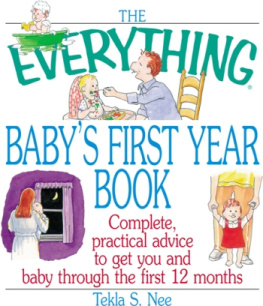
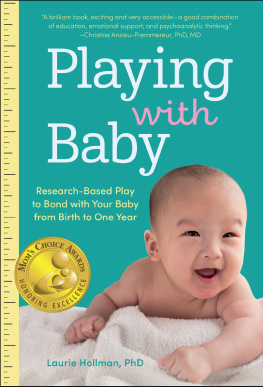

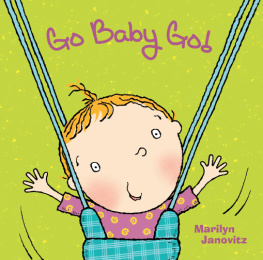

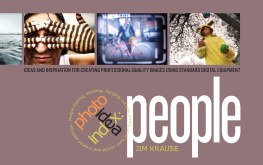
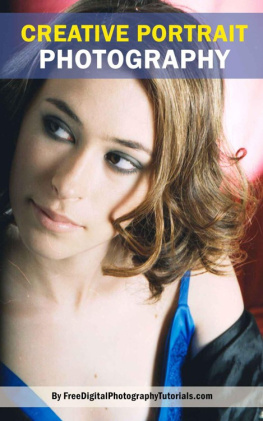



 A PRACTICAL GUIDE
A PRACTICAL GUIDE